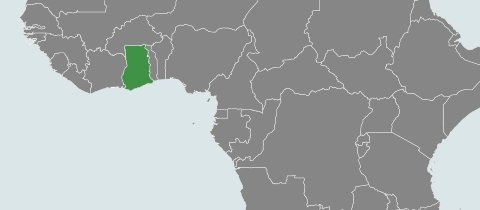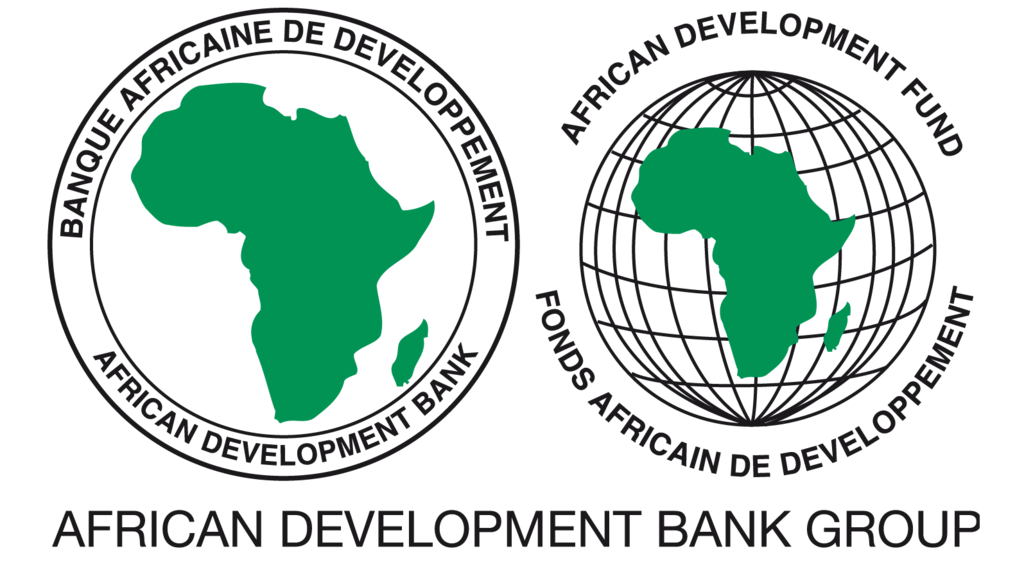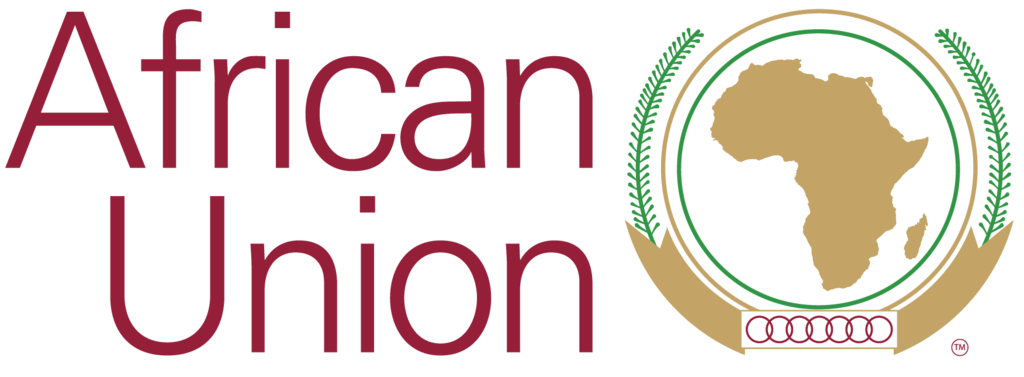At a glance
Ghana has made major strides over the years in increasing access to grid electricity in the country. In 2010 electricity access rate was 61% (according to the Global Tracking Framework) and as of 2016 the rate was estimated at 79%.
This has however not been achieved without challenges, and the remaining communities that are yet to be electrified pose increasing challenges of cost-effectiveness.
The country is an ECOWAS member and, with the rest of the region, adopted a concerted approach to the implementation of the SEforALL Country Action, with the development of the Action Agenda alongside the Renewable Energy and Energy Efficiency Action Plans, and their formal adoption. Ghana’s SEforALL Action Agenda is based primarily on the Country Action Plan developed through a rigorous consultative process in 2012, updated to reflect the action agenda template. It incorporates the country’s Energy Sector policies and the programmes of the two energy sector ministries, namely the Ministry of Power and the Ministry of Petroleum.
Ghana’s high impact SEforALL targets for Electricity Access are to provide universal access to electricity for Ghana’s island and riverside communities, to increase the productive use of electricity in both on and off-grid electrified communities through targeted interventions, and to provide universal access to Clean Cooking Solutions. Renewable energy is currently contributing 0.3% to the electricity generation mix, but the National Energy Policy (2010) has a goal of reaching a 10% contribution of renewable energy in the electricity generation mix by 2020.
The SEforALL implementation is followed by a focal point in the Energy Commission.
Location

Country contacts
Paula Edze
Coordinator, SEforALL Secretariat
Energy Commission
Ghana
| SEforALL Action Agenda Objectives | 2030 |
|---|---|
| Electricity Access, national | 100% |
| Access to non-solid fuels, national | 100% |
| Renewable Energy Output | 10% (2020) |
| Energy Efficiency | n.a. |
| Country Action Documents | Status |
|---|---|
| Rapid Assessment | Finalized |
| Action Agenda | Finalized |
| Investment Prospectus | Under development |
Documents
- Ghana: Action Agenda (0.97 MB)
- Ghana National Energy Efficiency Action Plan (605 kB)
- Ghana National Renewable Energy Action Plans (912 kB)
- Ghana: Rapid Assessment Gap Analysis (2.84 MB)
Country statistics
| Series | 2010 | 2012 | 2014 | 2016 |
|---|---|---|---|---|
| Access to electricity (% of population) | 65.1% | 69.3% | 78.3% | 79.3% |
| Urban (% of urban population) | 85.6% | 86.8% | 90.8% | 89.8% |
| Rural (% of rural population) | 44.0% | 50.3% | 63% | 66.6% |
| Access to clean fuels and technologies for cooking (% of population) | 16.7% | 16.4% | 18.8% | 21.7% |
| Population, total | 24.3 Million | 25.5 Million | 26.8 Million | 28.2 Million |
| Renewable energy consumption (% of total final energy consumption) | 49.9% | 44.3% | 45.2% | - |
| Renewable electricity output (% of total electricity output) | 68.8% | 67.1% | 64.7% | - |
| Electric power consumption (kWh per capita) | 282.8 | 348.3 | 357.0 | - |





